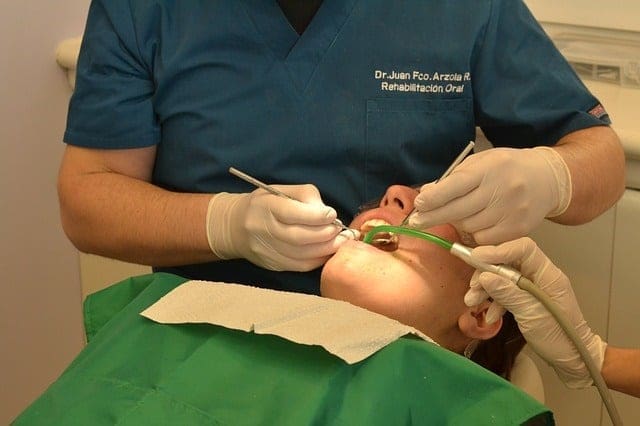Technology is something that has made itself present in many aspects of our lives and has come to be relied on for many things. But it can be easy to forget that technology and its many advancements can also have an impact on a wide range of industries. One example is dentistry and the changes that technology has brought to it.
Viewing the source of the problem
One of the biggest changes for dentistry brought about by technology has been in finding and viewing the source of a problem within the mouth. X-rays are nothing new but can be difficult, especially when the head is being x-rayed. They are also expensive, use potentially dangerous elements and often need a specialist to deal with.
However, advances in technology have meant new, easier options are available. Digitized x-rays are one example, where a digital camera of sorts is replacing the traditional X-ray machine. These see a sensor placed in the mouth to capture the image, which is then sent straight to the computer for viewing.
Another example currently available in a Montreal dentist is called Cone Beam Computer Topography. This allows dentists to take three dimensional scans of the mouth with a number of different views and allows them to plan surgery or treatments on a computer, before they touch the mouth. This makes for shorter and more precise surgery and the process is now the gold started for implant treatment as well as pre-surgical assessment.
Cavity detection
Finding a cavity used to involve a lot of poking around – uncomfortable and sometimes painful. But now, dentists are using a diode laser to look for cavities in the teeth. This can scan a tooth and establish if there is decay within it, allowing dentists to easily assess the work that is required.
The system works because healthy teeth don’t glow when lit up by the laser but those with decay and cavities do. The more the tooth glows under the laser, the more the amount of decay within the tooth.
Reducing visits
We all want to visit the dentist as little as possible and new Computer Aided Design and Computer Assistant Manufacture processes help fulfil this aim. They allow dentists to work on crowns, bridges and other procedures on the computer from scans made of the mouth and means that the patient only returns for the finishing process in many cases, cutting down on two, three or even more visits to the dentist.
Image Source; Image Source





